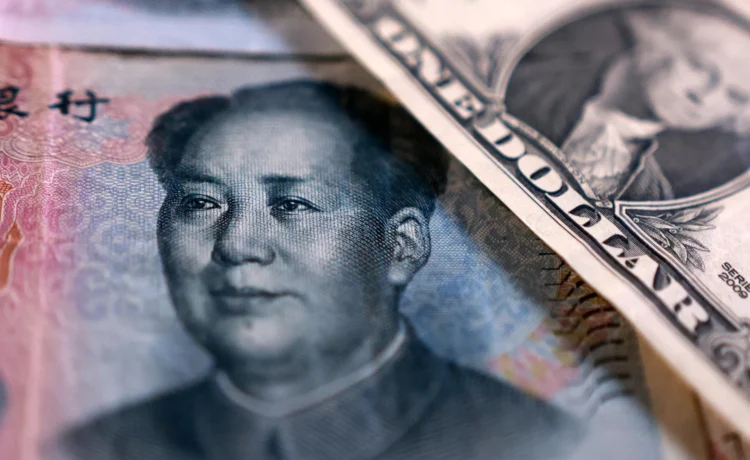Unlike past episodes, the latest show of strength comes as the US dollar struggles to extend gains
[SINGAPORE] Policymakers from Asia’s largest economies turned out in force this week to defend their currencies as the trade war intensified, and strategists say their mission has only just begun.
Officials from China, India, Japan and South Korea have stepped in to bolster their currencies using both words and deeds – efforts market participants say are a pre-emptive move as Washington’s trade war threatens to undermine growth.
In India, the central bank sold US dollars in onshore and offshore markets to fend off speculative attacks on the rupee, a person familiar with the matter said.
China set the renminbi’s reference rate at the strongest level in a year on Thursday (Oct 16) while South Korea warned that it was watching for one-sided gyrations in the won. Over in Japan, authorities have cautioned on the need for stable foreign-exchange moves.
“The latest escalation in US-China tensions is weighing sentiment towards both the Indian rupee and Korean won, and the renminbi, and neither central bank wants to risk capital outflows or imported inflation,” said Brendan McKenna, strategist at Wells Fargo in New York.
“We’ll probably see the strongest defence from the People’s Bank of China and Reserve Bank of India, but I would expect Bank of Korea to keep active too.”
BT in your inbox

Start and end each day with the latest news stories and analyses delivered straight to your inbox.
Unlike many of the previous episodes, the latest show of strength comes during a week when the US dollar is struggling to extend its gains. This has fuelled speculation that the steps are a shot across the bow as policymakers look to deter speculative traders from betting against their currencies.
The desire for stability is particularly evident in China. The central bank boosted the daily reference rate, its favourite tool to guide market expectations, beyond the closely watched 7.1 per US dollar mark and then to the strongest level since October this week.
Analysts said the move sends a clear signal that the People’s Bank of China prizes financial market stability more than the trade benefits that can accrue from a weaker renminbi. It also underscores Beijing’s increasing reliance on domestic growth drivers, while reinforcing its commitment to the yuan’s internationalisation, they added.
“The last few years we’ve seen more priority on currency stabilisation,” said Lynn Song, chief Greater China economist at ING Bank NV.
“It has benefits of stopping capital outflow pressures, providing a more stable FX environment for expanding outward investment and also makes it more attractive to use in trade settlement.”
The South Korean won pulled away from its weakest level since May following officials’ verbal warnings this week, while the Indian rupee surged nearly 1 per cent on Wednesday after the central bank was said to have intervened.
But there are signs that volatility in the foreign-exchange market may increase in the coming days after President Donald Trump said he saw the US as locked in a trade war with China. At the same time, Treasury Secretary Scott Bessent has floated the possibility of extending a pause of import duties on Chinese goods for longer than three months.
All this is putting investors on alert for the prospect of further intervention by authorities.
“In the near term, it’s going to step up,” said Howe Chung Wan, head of Asian fixed income at Principal Asset Management, which oversees US$579.5 billion. “They don’t want that volatility to come back.”
For strategists like Anna Wu, the latest bouts of intervention are part of negotiation tactics that governments are deploying as trade discussions get underway.
“The chief reason behind all of this talking, threatening back and forth is largely a trade talk tactic rather than anything directional,” said Wu, cross-asset strategist at Van Eck Associates.
“The broader growth outlook for the global economy is not looking great. No major economy in the world would like to worsen their outlook structurally.” BLOOMBERG





